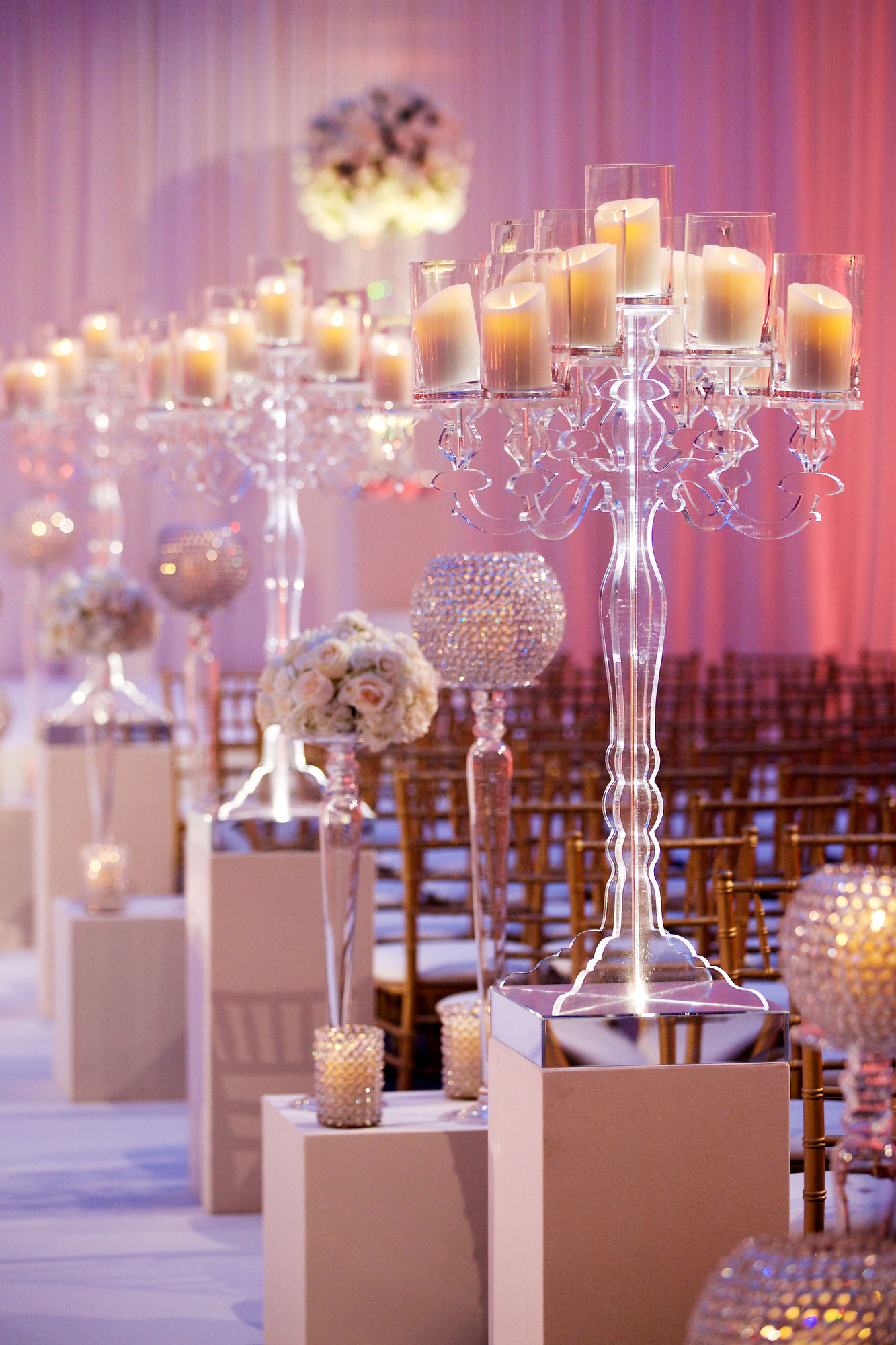
She wrote me this morning about a particularly fine foal, and I am telling her of the new fan you painted yesterday.” Mother stopped and set the quill aside before blowing lightly across the page filled with even lines of black scrawl. She clambered into the blue upholstered chair beside the desk and peeked over the edge, eyes glued to the writing rhythm her mother had already returned to. Georgina’s bare feet made little noise on the cold wooden floor as she crept closer to the desk, the paint-splattered doll held snuggly under her arm. “You’ll be able to see better if you sit in the chair.” Mother turned her head and smiled at Georgina, beckoning her forward. Everyone had some difficulty in the beginning. Nanny assured her that it was only a matter of time before Georgina would be writing as smoothly as her mother and sister. It wasn’t at all the same as holding a watercolor brush. Of course, first she had to master holding chalk and writing the letter A. One day she would be a lady with her own desk and quill, writing important letters deep into the night. She was beautiful, peaceful, and everything Georgina wanted to be when she grew up. It was simply that the only time her mother wasn’t surrounded by people was in the evening when she sat at her desk, encircled by books, papers, and flickering candlelight. There was nothing nefarious about her midnight wanderings.


Mother always knew everything that happened in the house, including the fact that Georgina often slipped away from the nursery after Nanny was asleep. She hugged her doll tighter and leaned her head against the doorframe. The quiet scritch of quill against paper broke the silence of the night, accompanied only by Lady Georgina Hawthorne’s steady breathing ruffling the yellow curls on the head of the doll clutched against her chest. Dip the quill, write a line, dip the quill, write a line. There was something fascinating about the rhythm of writing, at least when someone else was doing it.


 0 kommentar(er)
0 kommentar(er)
